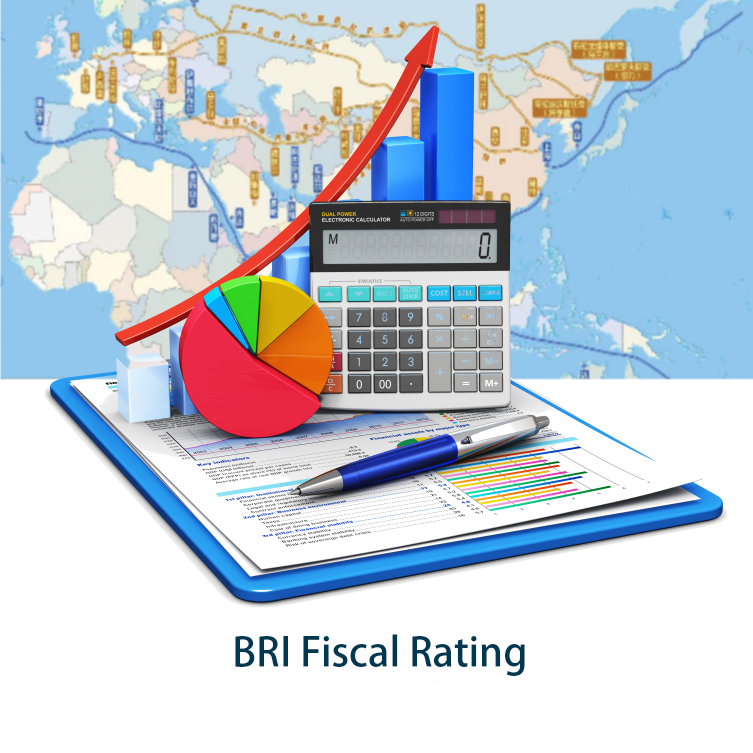India's direct tax-to-GDP ratio rising on better data from demonetisation and GST
After looking at the GDP data, it is clear that for the third year running, a rise in direct taxes is far higher than the rise in nominal GDP. Finance ministry officials say it is the combined effect of GST, demonetisation and the intensive efforts of the tax departmets to chase suspected evaders.
The Central government's tax collections have been steadily growing faster than the nominal GDP for the past two-and-a-half years; and from what one learns from the Finance Ministry mandarins, this trend is a product of years of interfacing multiple data sets starting with demonetisation and continuing through GST. These mandarins say this trend of taxes growing faster than GDP may continue for a few more years.
First the numbers:
| RATE OF GROWTH OF TAXES (%) VS GROWTH IN NOMINAL GDP | ||||
|
|
Nominal GDP | Corporate Tax Growth | Growth in Income Tax | Tax Buoyancy |
| 2021-22 | 19.5 | 55.6 | 43 | 2.52 |
| 2022-23 | 15.4 | 16 | 20 | 1.1 |
| 2023-24(Apr-Aug) | 8 | 15 | 35.7 | - |
It's clear now that, for the third year running, a rise in direct taxes is far higher than the rise in nominal GDP. Within direct taxes, the growth in income tax is showing much higher buoyancy.
So, what's going right here? Highly-placed finance ministry officials say it’s the combined effect of demonetisation and GST and the intensive efforts of the tax departments to chase suspected evaders.
Post demonetisation, the income tax department made a list of millions of new taxpayers and searched across this data for common addresses, common directors, promoters and other such parameters. In many cases they found 40-50 companies registered from a one-room address in Kolkatta or Jaipur or other cities. They found a bunch of companies connected via common promoters or directors.
After repeated notices to these suspicious entities over the past four years, the department has found that many of these new filers are making higher income declarations, knowing the tax-dogs have caught their scent.
GST was always expected to have a salutary impact on indirect taxes as more companies would prefer to only buy from and sell to companies that are in the tax bracket, so they could take credit for the GST they pay. This expectedly led to more “unregistered” companies or those in the cash economy, registering and paying taxes.
As one of the early proponents of GST, fiscal economist Govinda Rao pointed out, GST will bring higher direct taxes when those who shift from cash to the “formal” or “taxed” system, are forced to declare what would have hitherto been “black” incomes. Many lawyers and doctors also fall in this category. And though the GST will not lead to these professionals declaring all their income, they are still declaring more than they did earlier as tax authorities have more data on them.
The GST data is a treasure trove, a top bureaucrat said, explaining that tax authorities have been fleshing more details of those who paid little or no tax. He did not wish to be named.
Finally, tax exemptions allowed on EPFO and insurance premia have been capped over the last few years. Before the 2021-2022 fiscal year, the interest credited to the EPF account on any amount of contribution was tax-free. A cap of Rs 2.5 lakh was introduced in the 2021-2022 fiscal year. This also led to an increase in tax collections, albeit slightly, said the bureaucrat referred to earlier.
Likewise in this year's budget, tax for insurance policies issued after April 1, 2023, the tax exemption on maturity benefits will only be applicable if the aggregate premium paid by the individual is less than Rs 5 lakh. Tax exemptions to debt mutual funds have also gone. The benefits of these measures will be seen in the coming years, but again these will be small gains.
However, senior finance ministry officials believe that the benefits from getting habitual evaders into the tax net, thanks to demonetisation and GST, may continue to flow for a bit more.
India's direct tax to GDP ratio has been slowly crawling up from an average of 5.5% from FY12to FY21, to a high of 5.97% in FY22 and 6.08% in the last fiscal. But this is still lower than the 6.3% of direct tax-to-GDP ratio that the country achieved in 2007-08.
The moral here is, fewer exemptions and better tax administration help garner more taxes, but the best trigger for higher taxes is higher growth. The 2007-2008 financial year witnessed the highest ever tax-to-GDP ratio in India’s history, simply because the year was preceded by three consecutive years of 8% real GDP growth.























































First, please LoginComment After ~